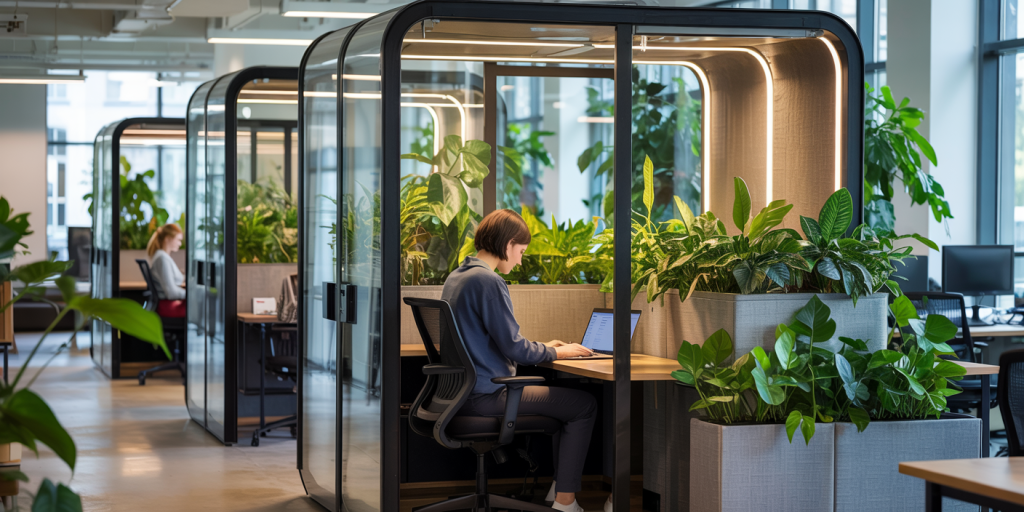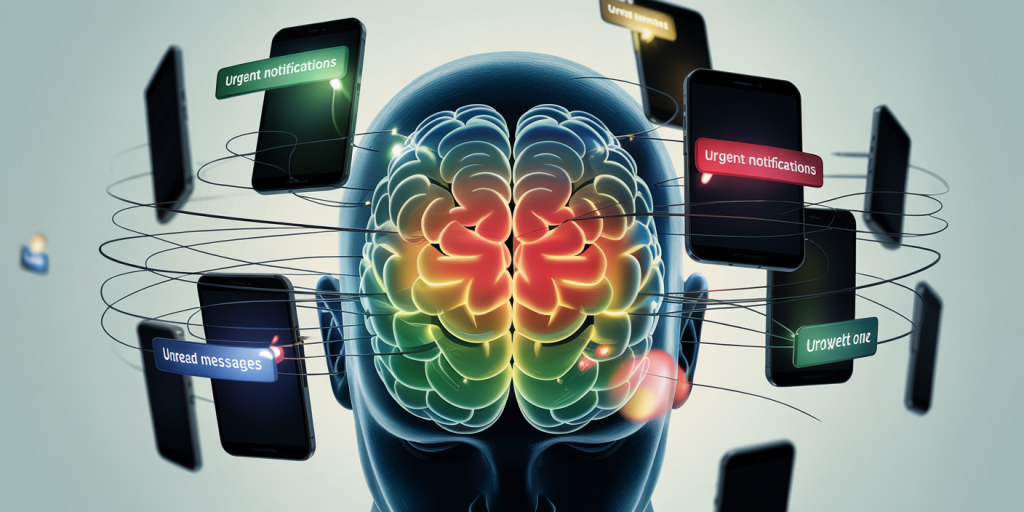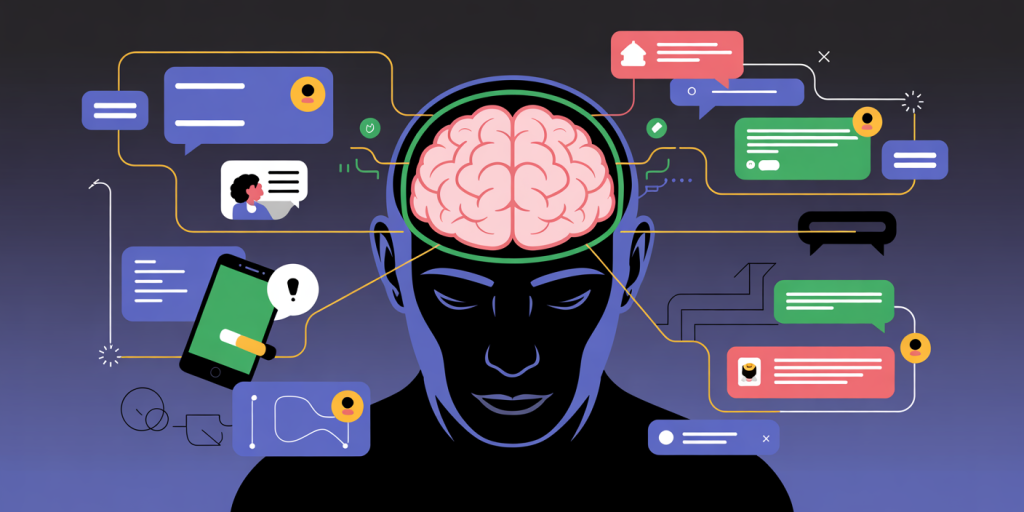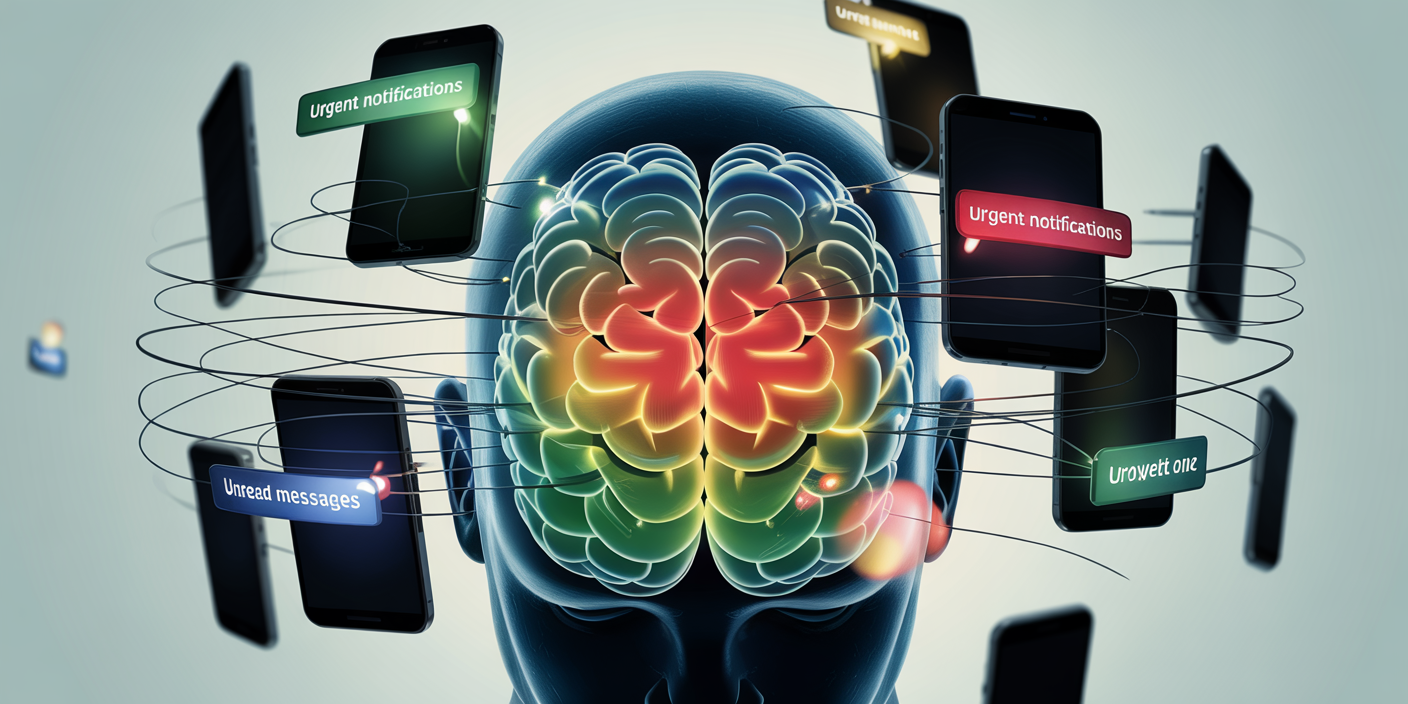The Science of Focus: How to Eliminate Distractions at Work
In today’s fast-paced work environments, maintaining focus is more challenging than ever. With emails, social media notifications, open office chatter, and multitasking demands, distractions have become a significant barrier to productivity. Scientific research reveals that our brains are not designed for constant task-switching, and interruptions can severely impact cognitive function and work quality. Understanding the underlying science behind focus and leveraging proven strategies to minimize distractions can transform your workday efficiency and output.

Studies indicate that it takes approximately 23 minutes to return to a task after an interruption (Mark, Gudith, & Klocke, 2008). This statistic highlights the significant impact of even brief distractions on deep work and mental flow. Employers and employees alike are investing in creating distraction-resistant work habits and environments to tap into the full cognitive potential of focused effort.
How Distractions Affect the Brain and Productivity
When the brain is interrupted, it experiences a cognitive phenomenon known as “attention residue.” This occurs when the mind is still partially engaged in the previous task after switching focus to a new activity, thus reducing performance (Leroy, 2009). For instance, if a professional is replying to emails during a planning session, only a fraction of their attention is dedicated to each task, resulting in lowered productivity on both fronts.
Neuroscience demonstrates that our prefrontal cortex, responsible for decision-making and working memory, operates on limited resources. Repeated disruptions drain these reserves, leading to mental fatigue and increased error rates. A study by Harvard Business Review revealed that employees who are interrupted every three minutes show a 40% drop in overall productivity compared to those working uninterrupted (Gloria Mark, 2012). This data emphasizes that minimizing distractions is critical to sustaining high-quality work output.
Common Workplace Distractions and Their Real-World Impact
Distractions at work can be categorized into internal and external sources. Internal distractions include wandering thoughts, stress, hunger, or personal concerns, while external distractions range from noisy environments and smartphone alerts to unscheduled meetings. For example, open-plan offices were designed to encourage collaboration, but research from the University of Sydney found they reduce productivity by 15% due to noise and interruptions (Kim & de Dear, 2013).
Consider the well-documented case of a global consulting firm that noticed declining employee performance despite extensive training. Upon analysis, the root cause was identified as frequent interruptions via instant messaging platforms and an overloaded inbox. Implementing “focus hours” where messaging was paused resulted in a 25% increase in work quality within three months, demonstrating that structural changes to reduce distractions can yield measurable improvements.
| Distraction Type | Description | Productivity Impact (%) | Example Scenario |
|---|---|---|---|
| Smartphone Notifications | Alerts from apps, messages | 20-30 | Worker receiving continuous chat alerts |
| Interruptions | Colleague conversations | 15-25 | Open-office chatter during work tasks |
| Multitasking | Switching between tasks | 40 | Responding to email while writing a report |
| Internal Distractions | Personal worries, fatigue | 10-20 | Stress about deadlines causing distraction |
Techniques to Enhance Focus Backed by Science
Several scientifically validated techniques can help workers reclaim their focus and eliminate distractions effectively. One such method is the Pomodoro Technique, which involves focused work sessions of 25 minutes followed by five-minute breaks. Research shows this approach improves sustained attention and reduces mental fatigue by providing structured intervals for concentration (Cirillo, 2006).
Another powerful strategy is environmental control. Noise-cancelling headphones or background “white noise” can mitigate auditory distractions that disrupt the brain’s ability to filter out irrelevant stimuli. A study published in the Journal of the Acoustical Society of America demonstrated that white noise can improve cognitive performance by masking unpredictable sounds, especially in open workspaces (Mehta et al., 2013).
Digital detoxification is also crucial. Tools like website blockers or notification management apps help create uninterrupted work periods. For instance, the company RescueTime found that users who limited time on distracting websites increased productive hours by 30%. Customized rules—for example, blocking social media from 9 to 12 p.m.—help to align technology use with peak cognitive energy phases.

The Role of Mindfulness and Mental Conditioning
Mindfulness practices have gained prominence for their ability to enhance focus and reduce susceptibility to distractions. Mindfulness meditation trains the brain to observe thoughts without judgment and gently refocus attention on the present moment. Studies in the Journal of Occupational Health Psychology have demonstrated mindfulness lowers stress and improves concentration by reducing cognitive load (Good et al., 2016).
In the workplace, Google’s well-known “Search Inside Yourself” mindfulness program led to measurable increases in employee emotional intelligence and attention span. Employees reported greater fulfillment and a 20% decrease in perceived distractions after several weeks of training.
Mental conditioning through goal setting and motivation also plays a vital role. Research by Locke and Latham (2002) shows that specific, challenging goals boost focus significantly more than vague or easy targets. For example, instead of “work on the report,” setting a goal like “draft three sections by noon” enhances attention because it provides clear direction and purpose.
Creating Focus-Friendly Work Environments
Physical workspace design dramatically influences the ability to concentrate. Segmentation of areas for quiet work, collaboration, and relaxation helps employees select settings aligned with their tasks. The Microsoft Workplace Analytics Report (2019) found that workers spending at least one-third of their day in private or quiet spaces were 10-15% more productive.
Ergonomics also matter—comfortable seating, adequate lighting, and uncluttered desks reduce physical discomfort that leads to internal distraction. Incorporating plants has been shown to improve air quality and reduce stress, with a study by Washington State University revealing a 15% increase in productivity among employees with plants nearby (Lohr et al., 1996).
Furthermore, clear boundaries around work time—such as setting “do not disturb” hours or scheduling focused blocks—signal to colleagues the importance of uninterrupted concentration. This cultural shift requires leadership endorsement and consistent communication for sustainable results.
| Workspace Element | Benefit | Supporting Evidence | Practical Example |
|---|---|---|---|
| Quiet Zones | Noise reduction, better focus | Microsoft Workplace Analytics | Silent rooms or booths for deep work |
| Ergonomic Furniture | Reduces fatigue, discomfort | Journal of Ergonomics | Adjustable chairs and desks |
| Biophilic Design | Lowers stress, boosts mood | Washington State University Study | Indoor plants to enhance air quality |
| Time Blocking | Scheduled focus periods | Locke and Latham Goal Theory | Calendar slots labeled “Focus Time” |
Future Perspectives: The Evolution of Focus in a Digital Era

As technology and workplace dynamics evolve, the science of focus continues to adapt. Artificial intelligence (AI) and machine learning are increasingly integrated to personalize distraction management. For example, emerging apps analyze users’ habits and recommend optimal focus periods or automatically mute non-essential notifications during peak productivity times.
Virtual and augmented reality also hold promise in creating immersive, distraction-free digital workspaces, especially for remote or hybrid workers. These technologies can simulate quiet office environments or isolate tasks in virtual “focus pods,” minimizing real-world interruptions without losing connectivity.
The expanding field of neurotechnology explores brain-computer interfaces that may, in the near future, monitor real-time attention levels and alert users before distractions degrade performance. While still experimental, such devices could revolutionize how professionals manage focus and mental energy.
Organizations will increasingly recognize that the science of focus is not merely about individual willpower but designing systemic solutions—spanning physical spaces, digital tools, and organizational culture—to protect attention in the information age. Leaders who invest in these comprehensive approaches will foster innovation, reduce burnout, and gain competitive advantages in employee productivity.
In summary, applying the science of focus by understanding distraction’s impact, leveraging proven concentration techniques, cultivating mindfulness, and designing supportive environments is essential for modern work success. Data-driven strategies and technological innovation promise to deepen our mastery over attention, empowering professionals to navigate distractions with clarity and purpose in the years ahead.
